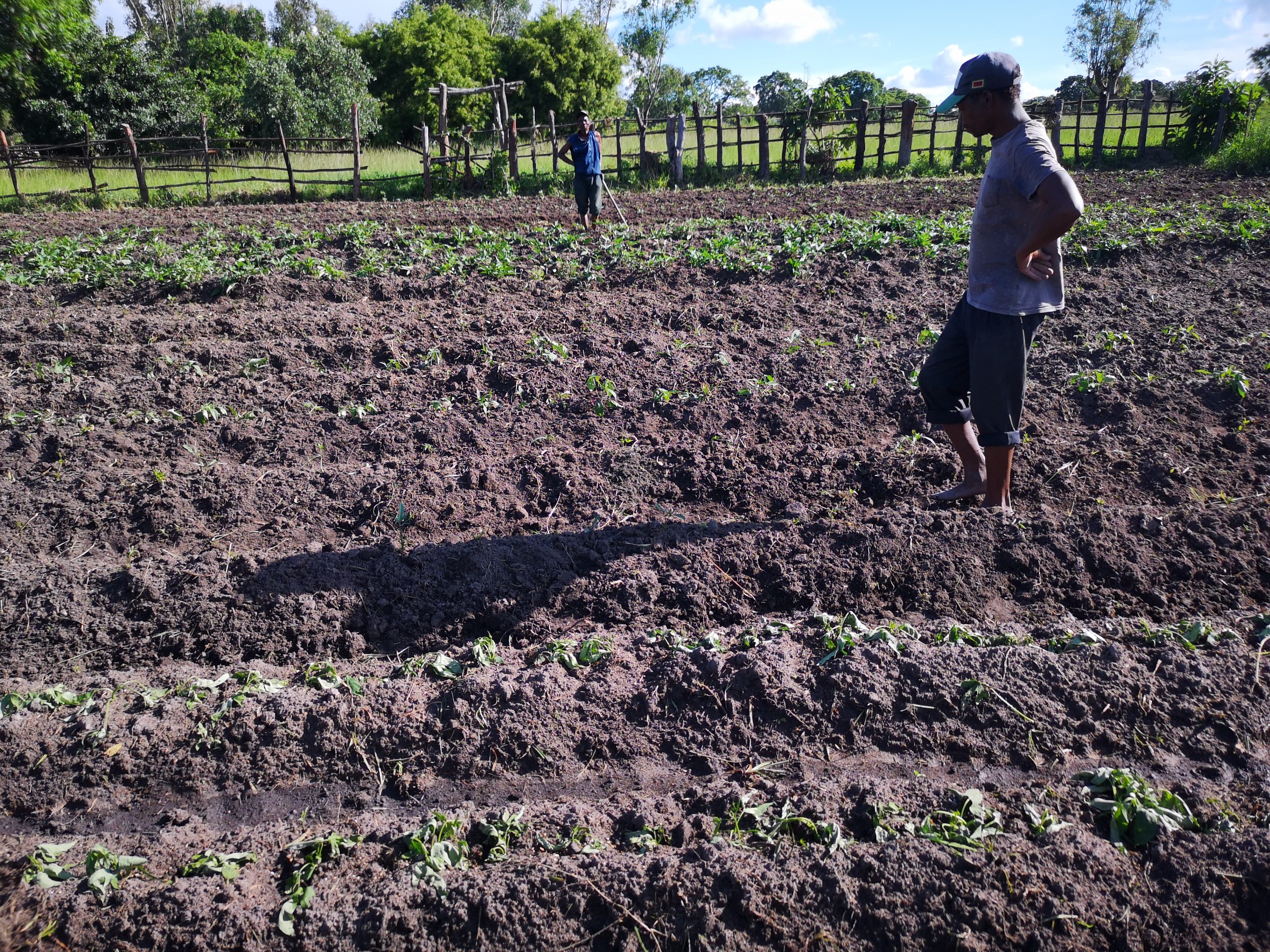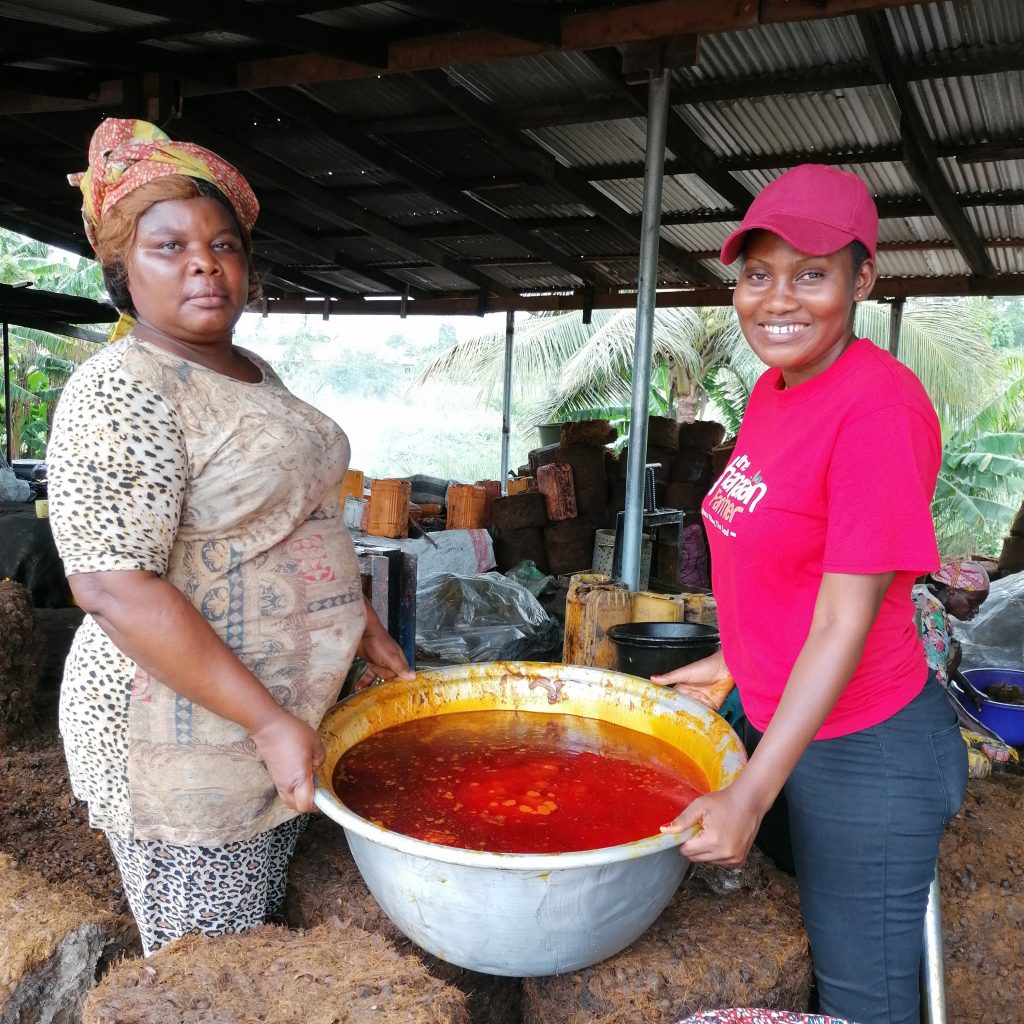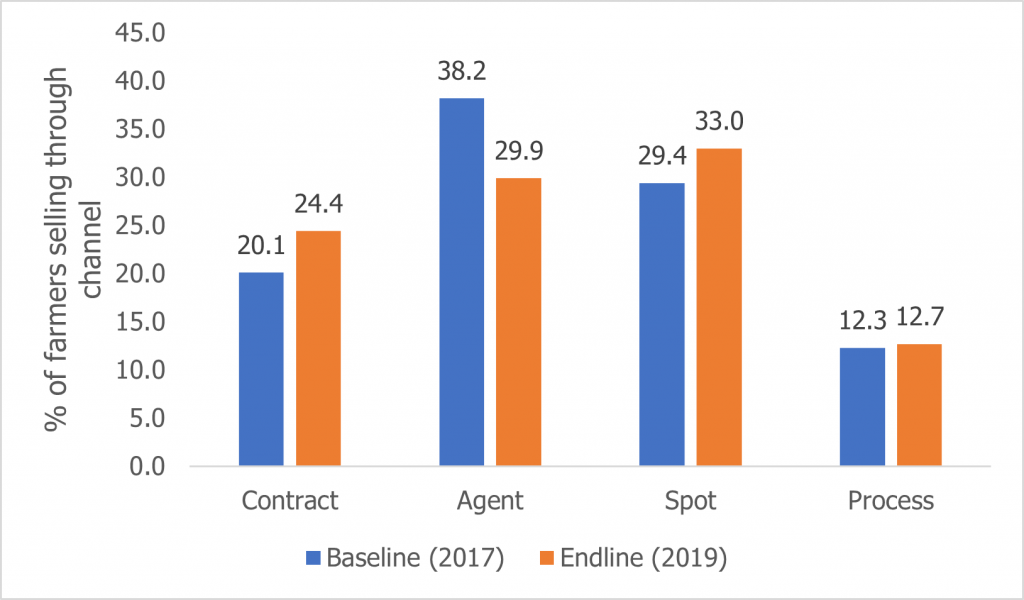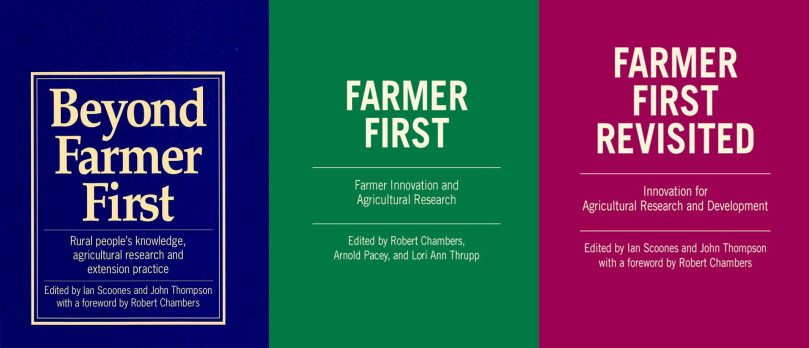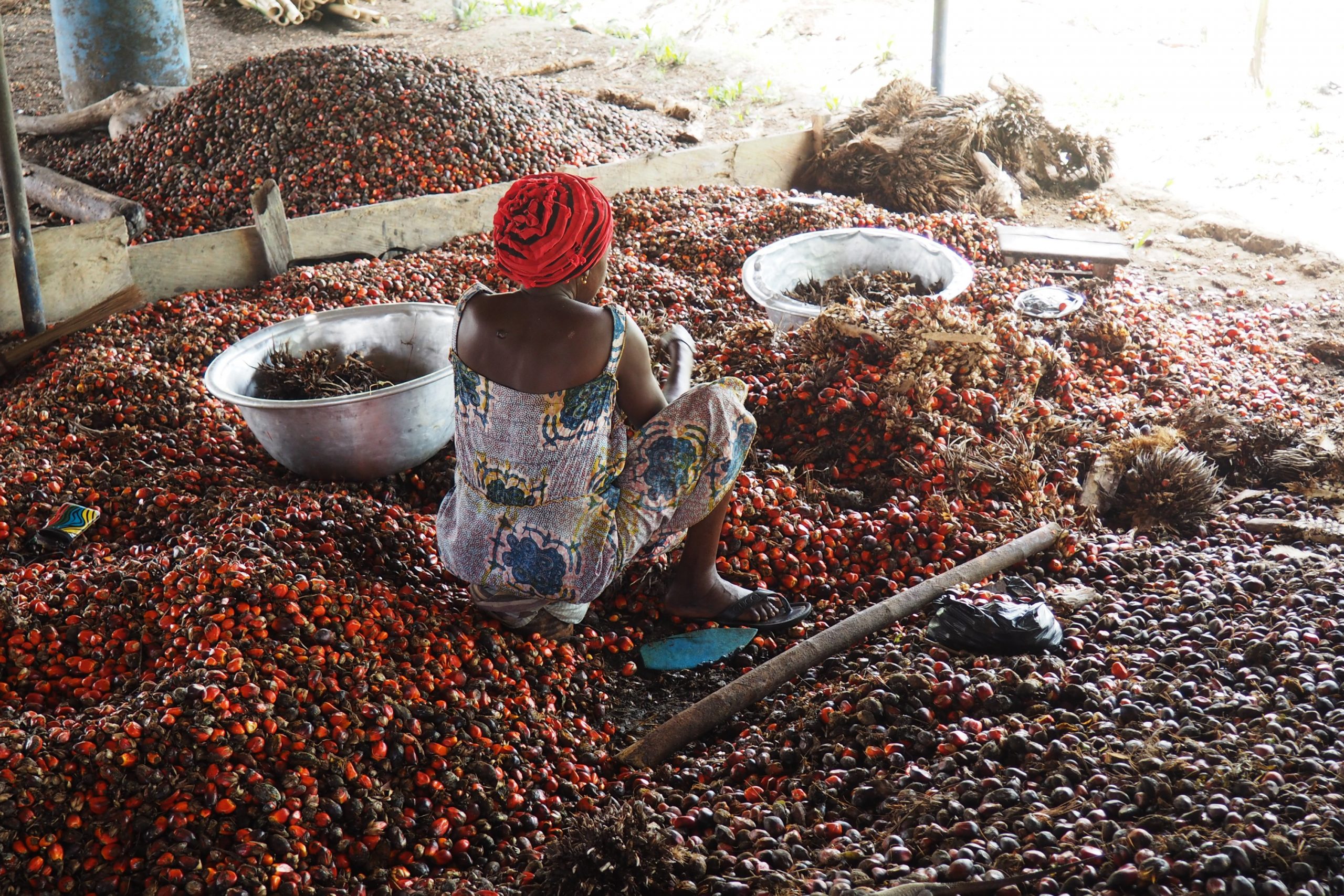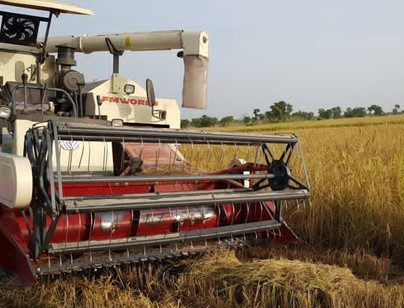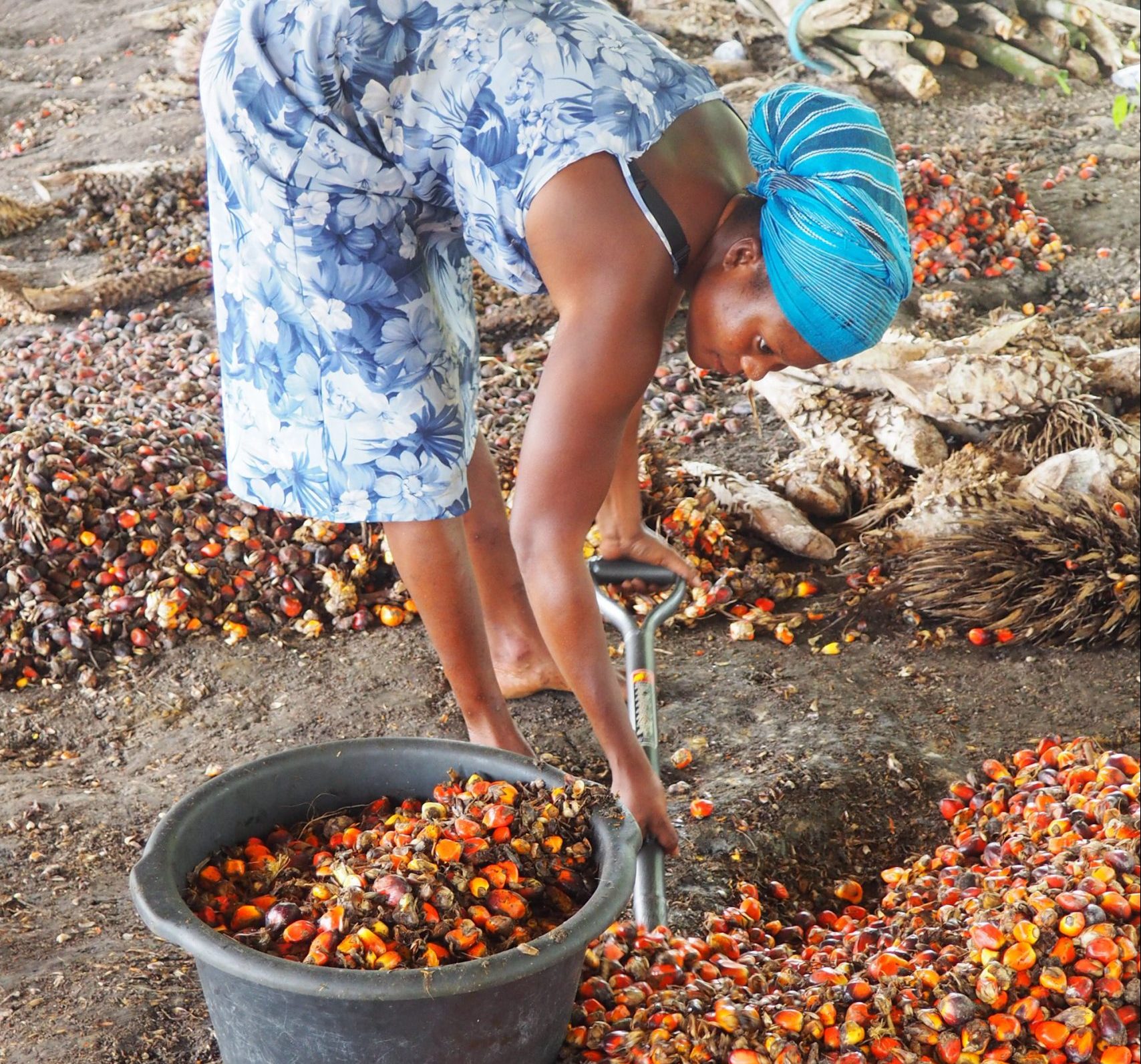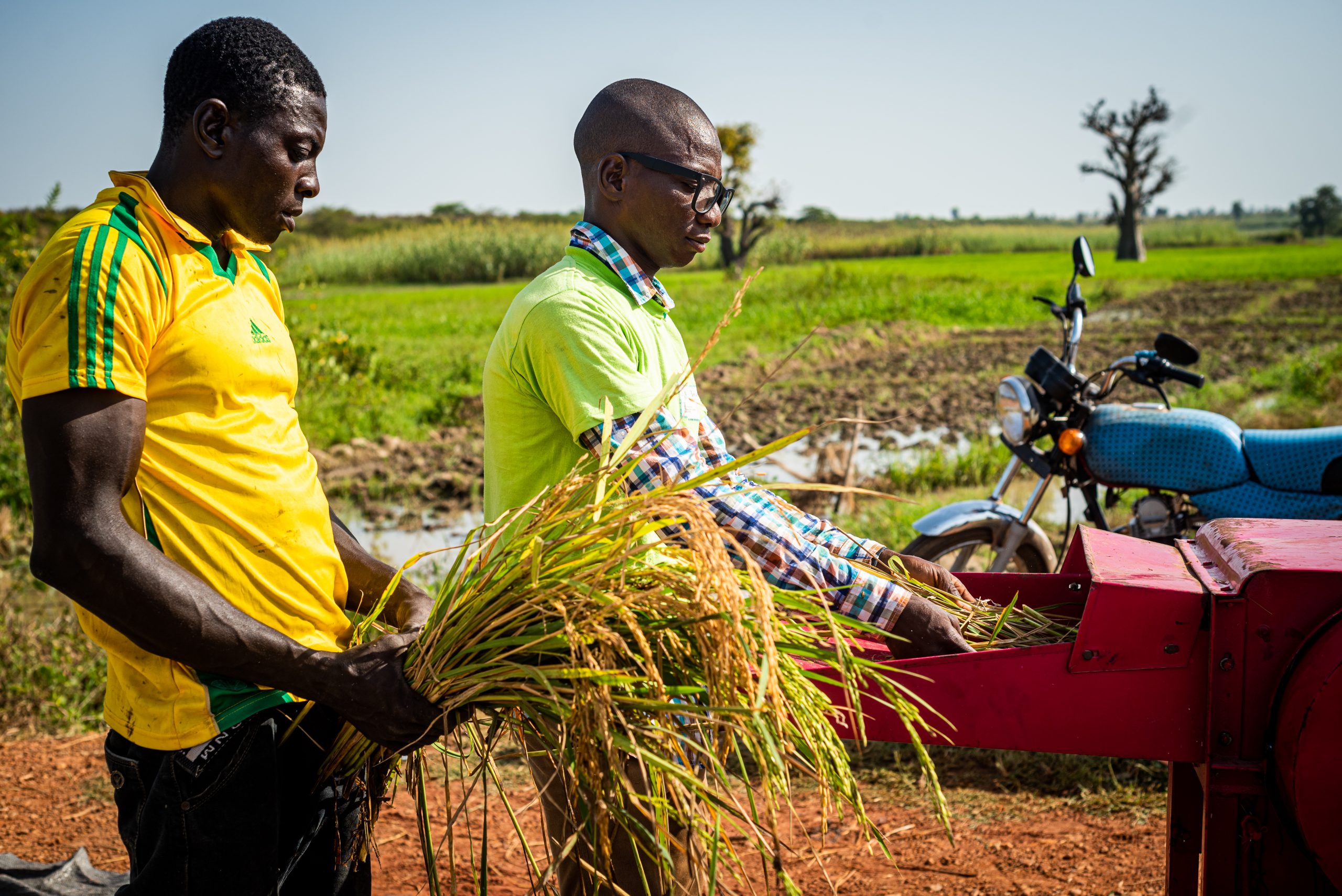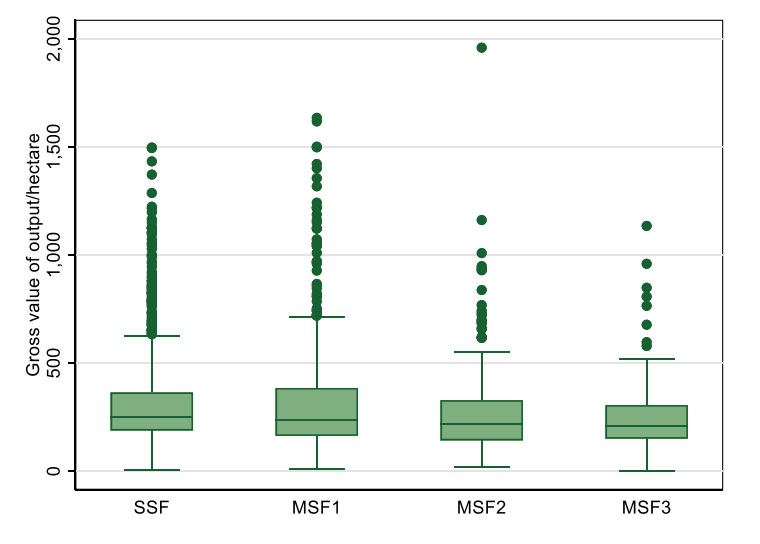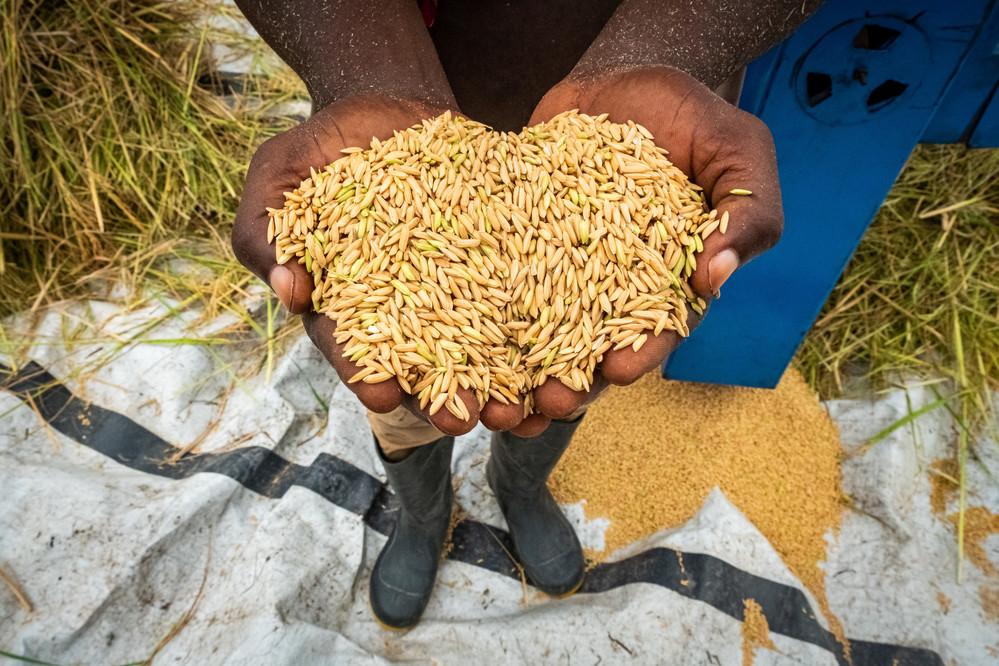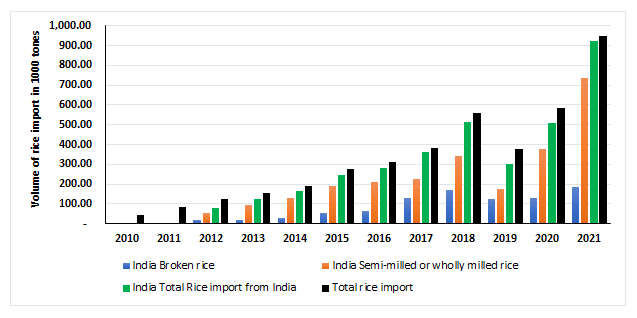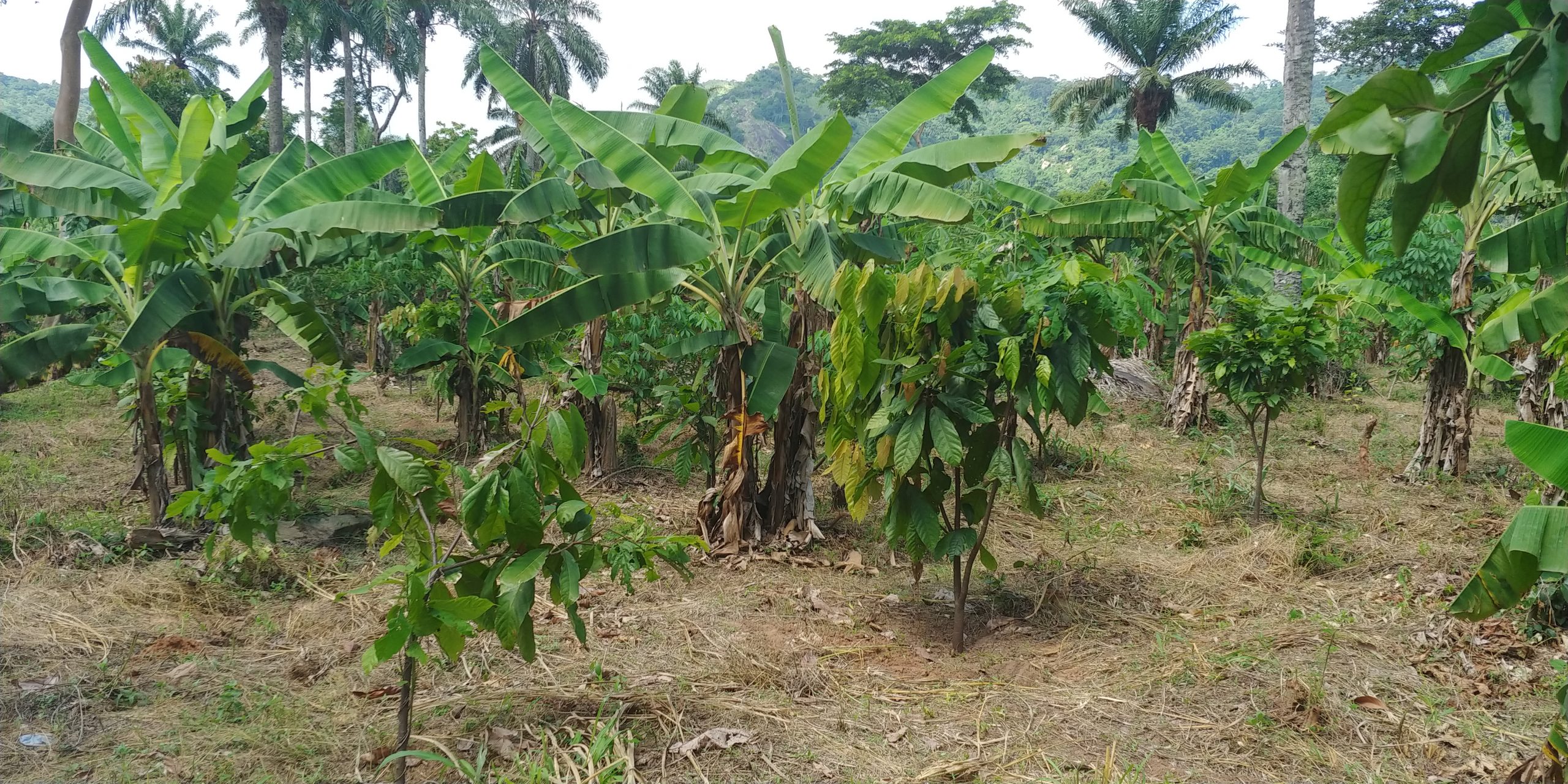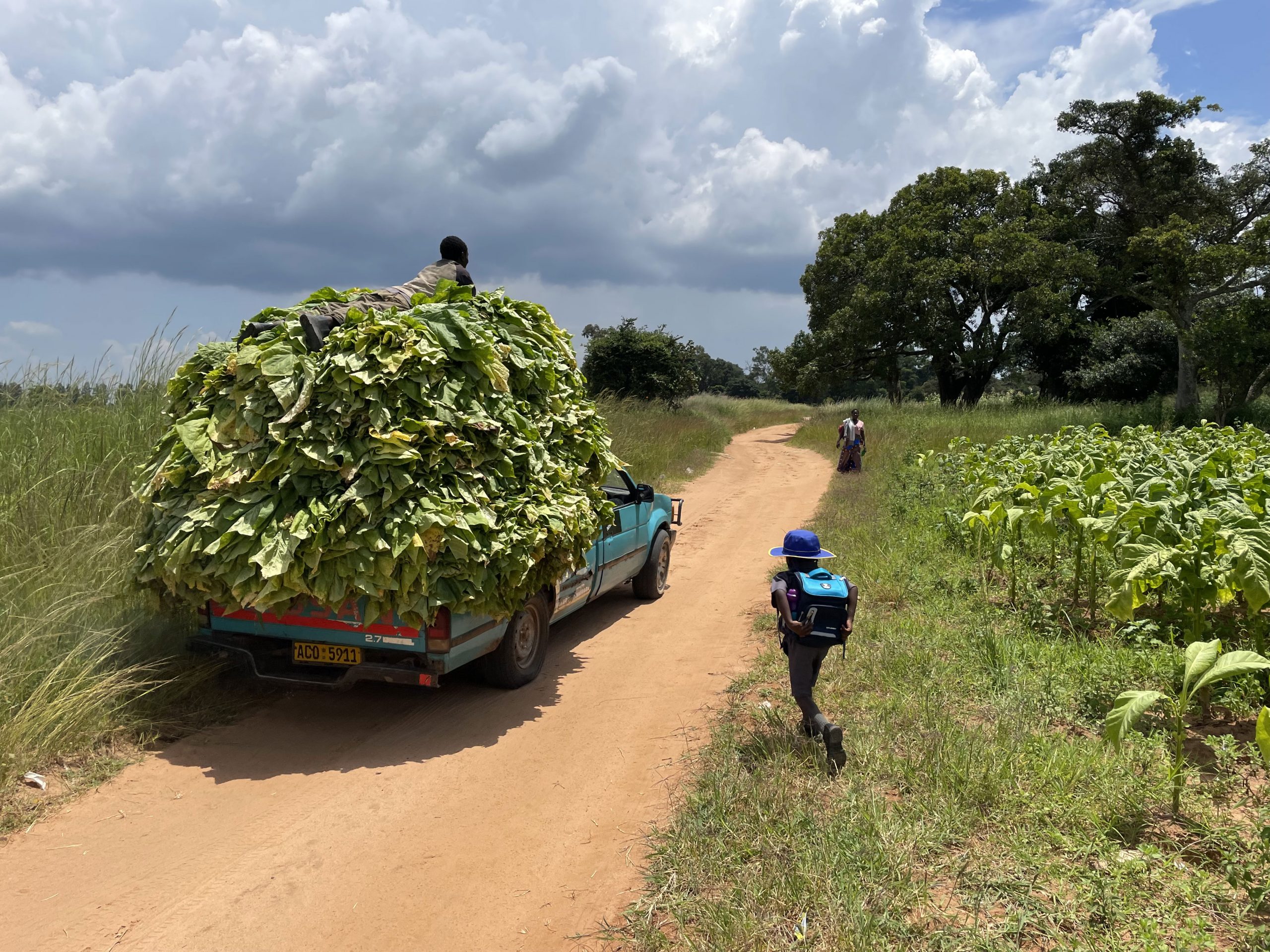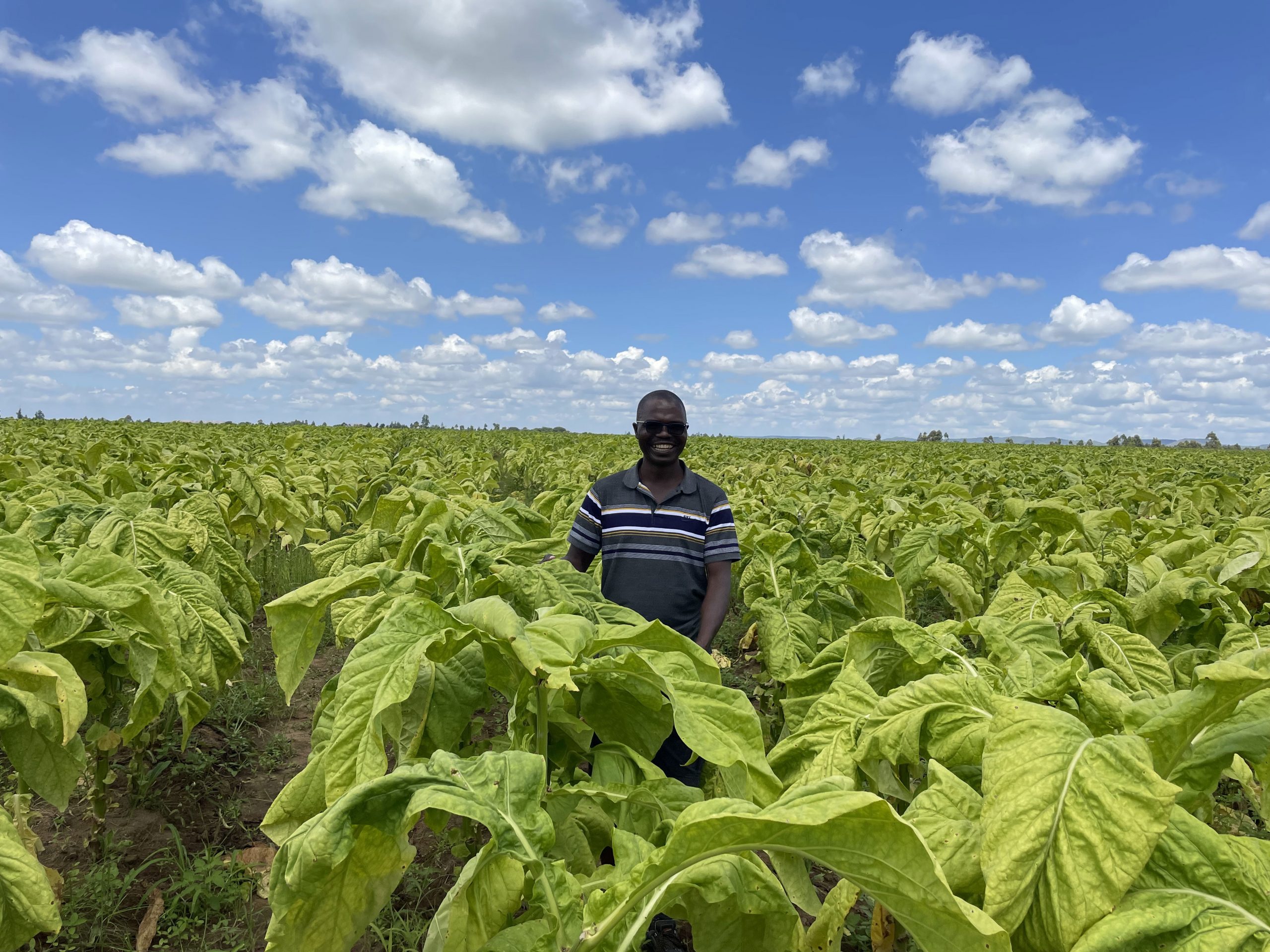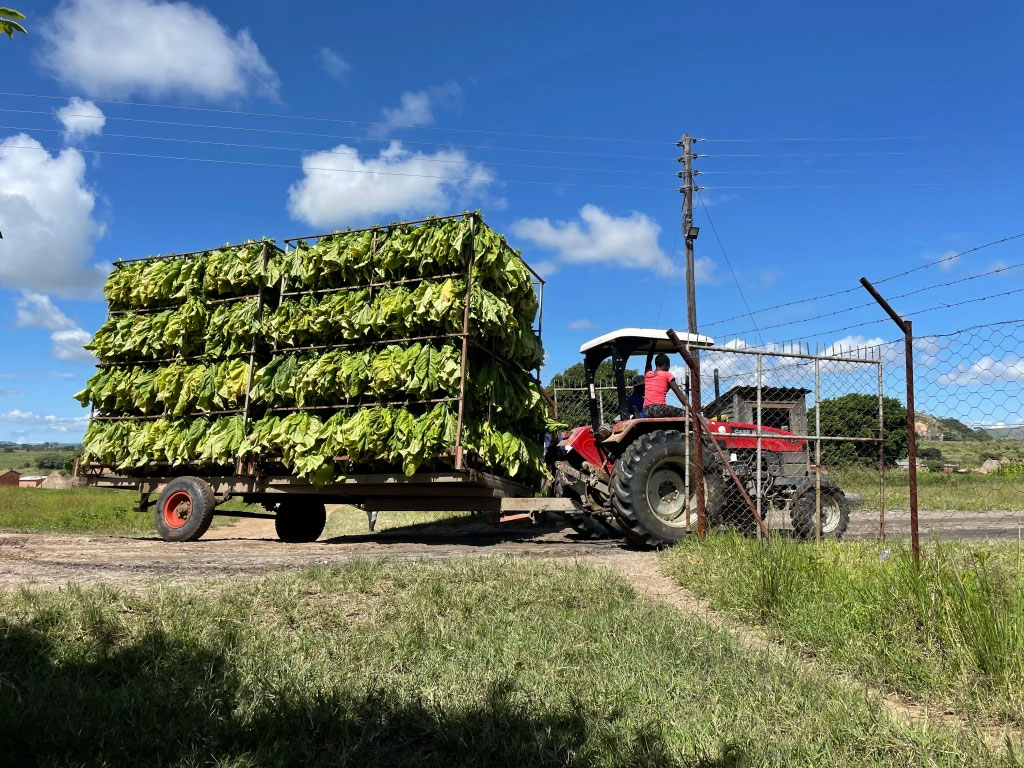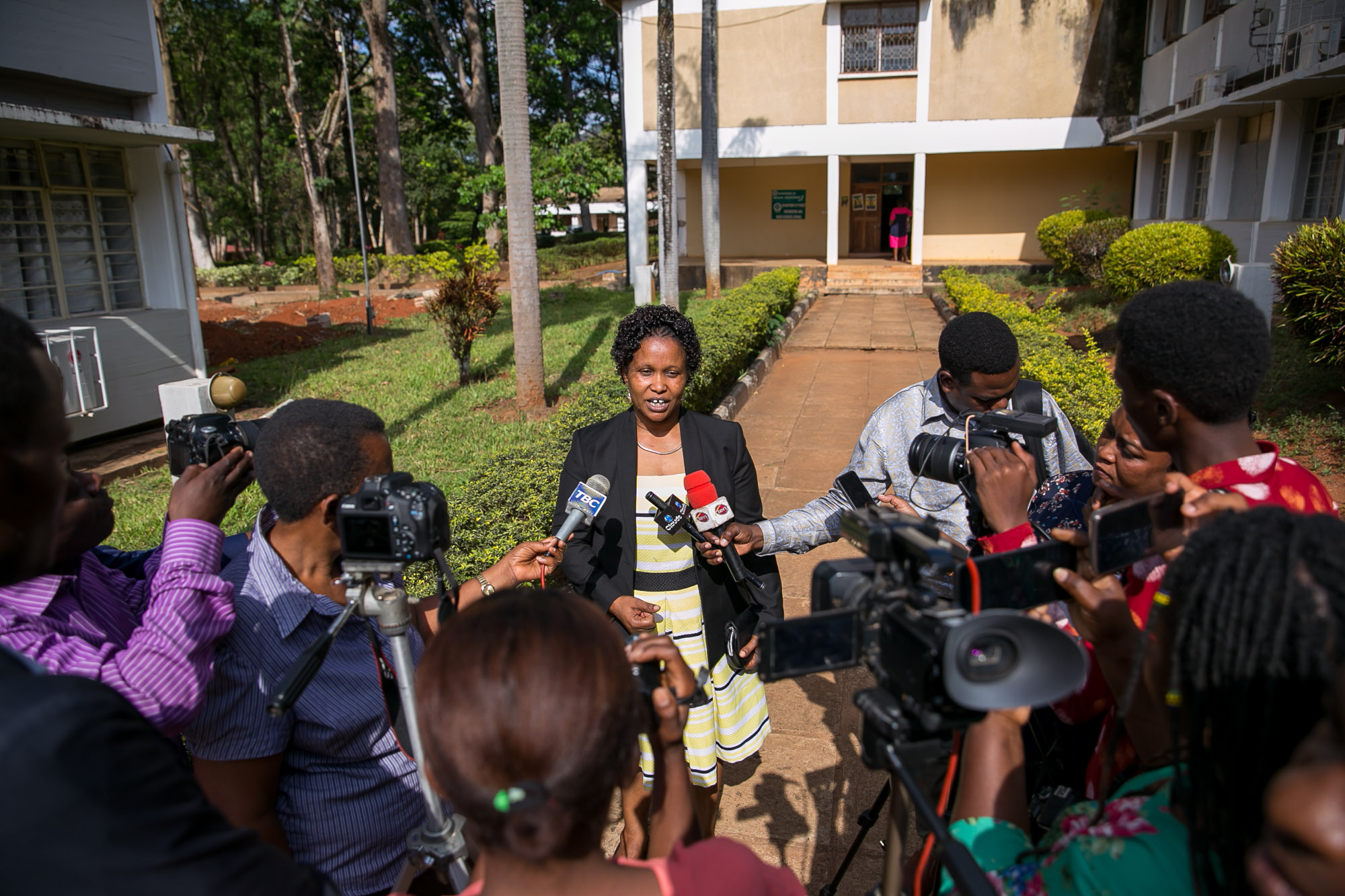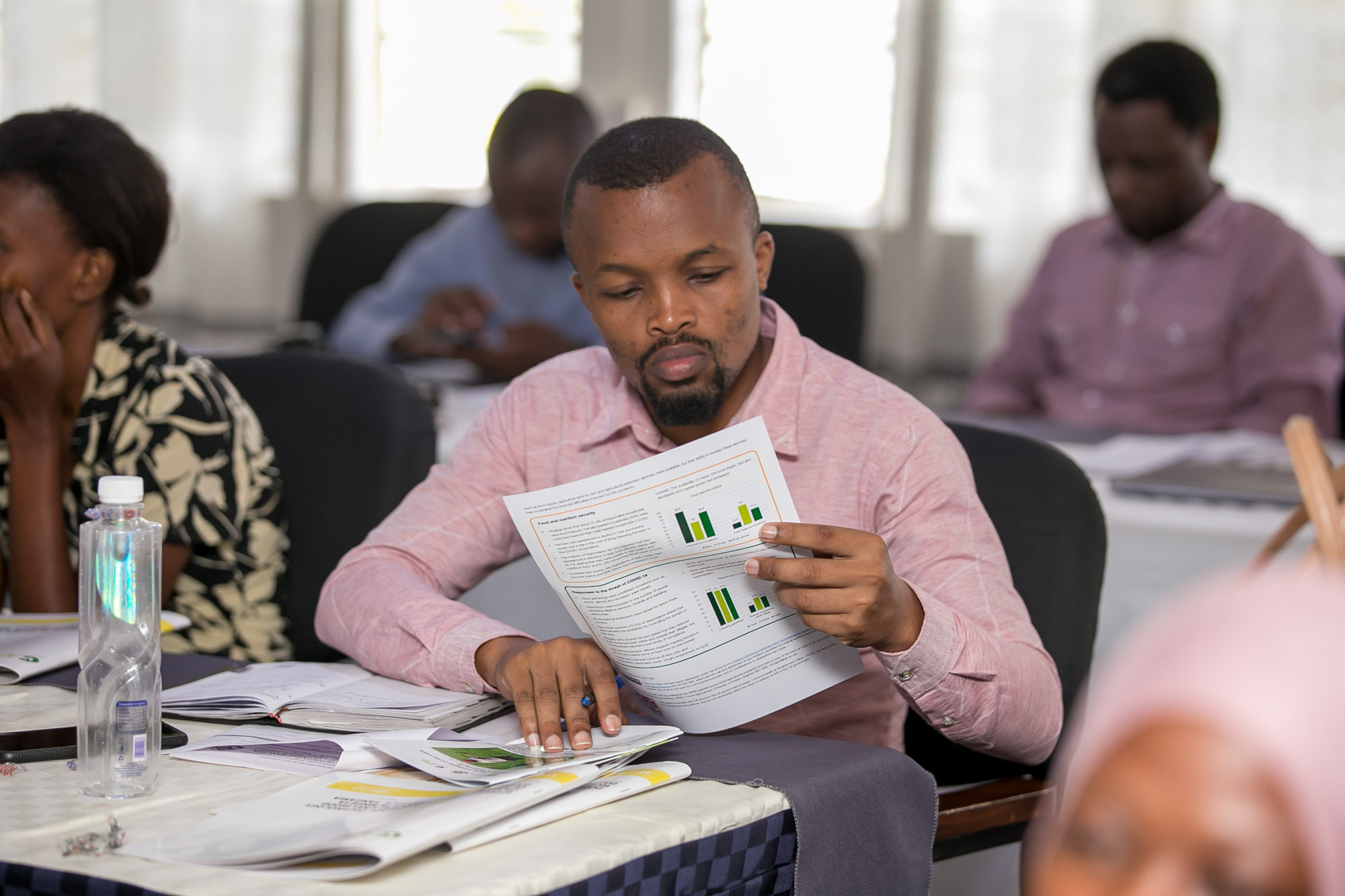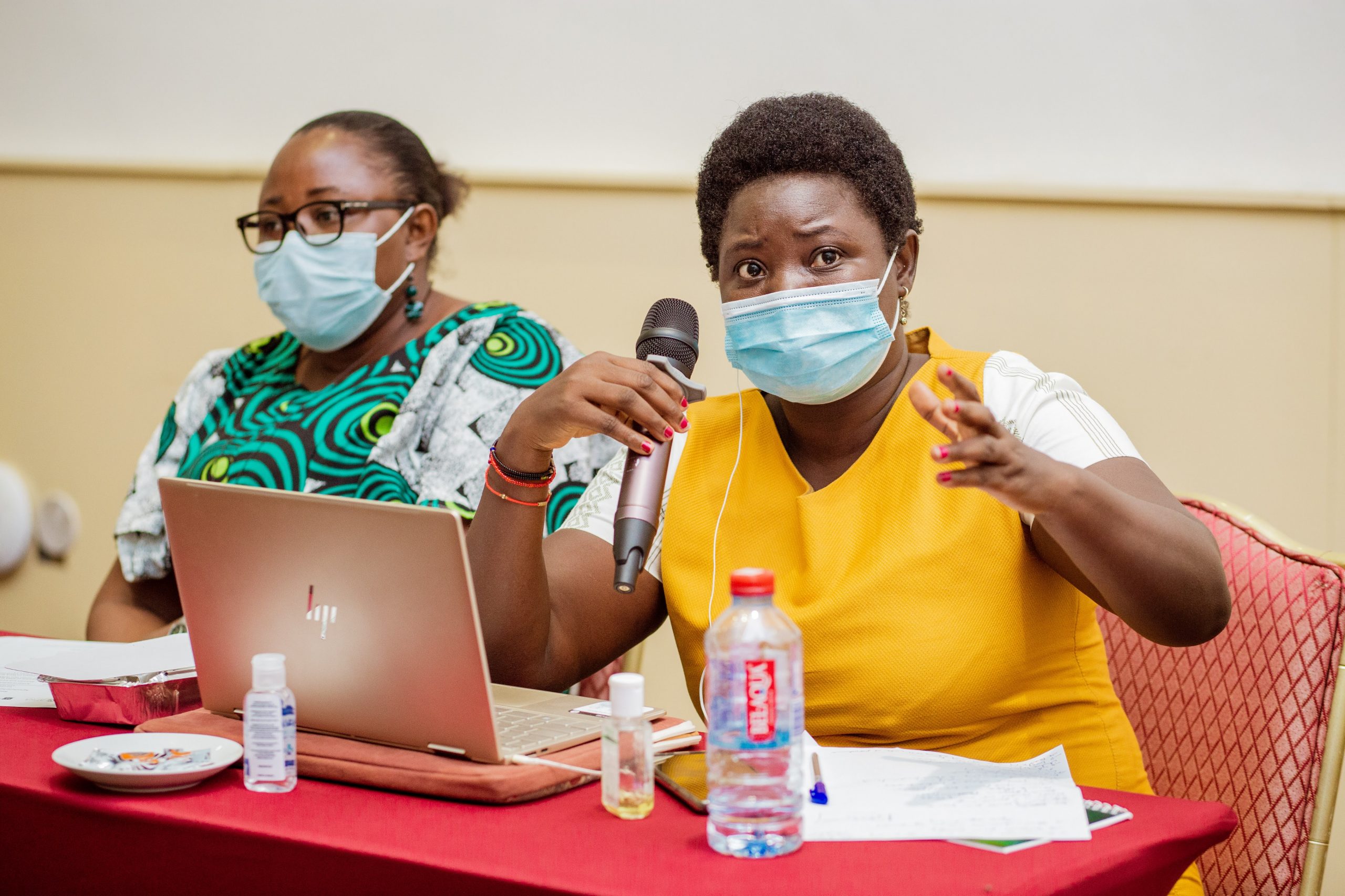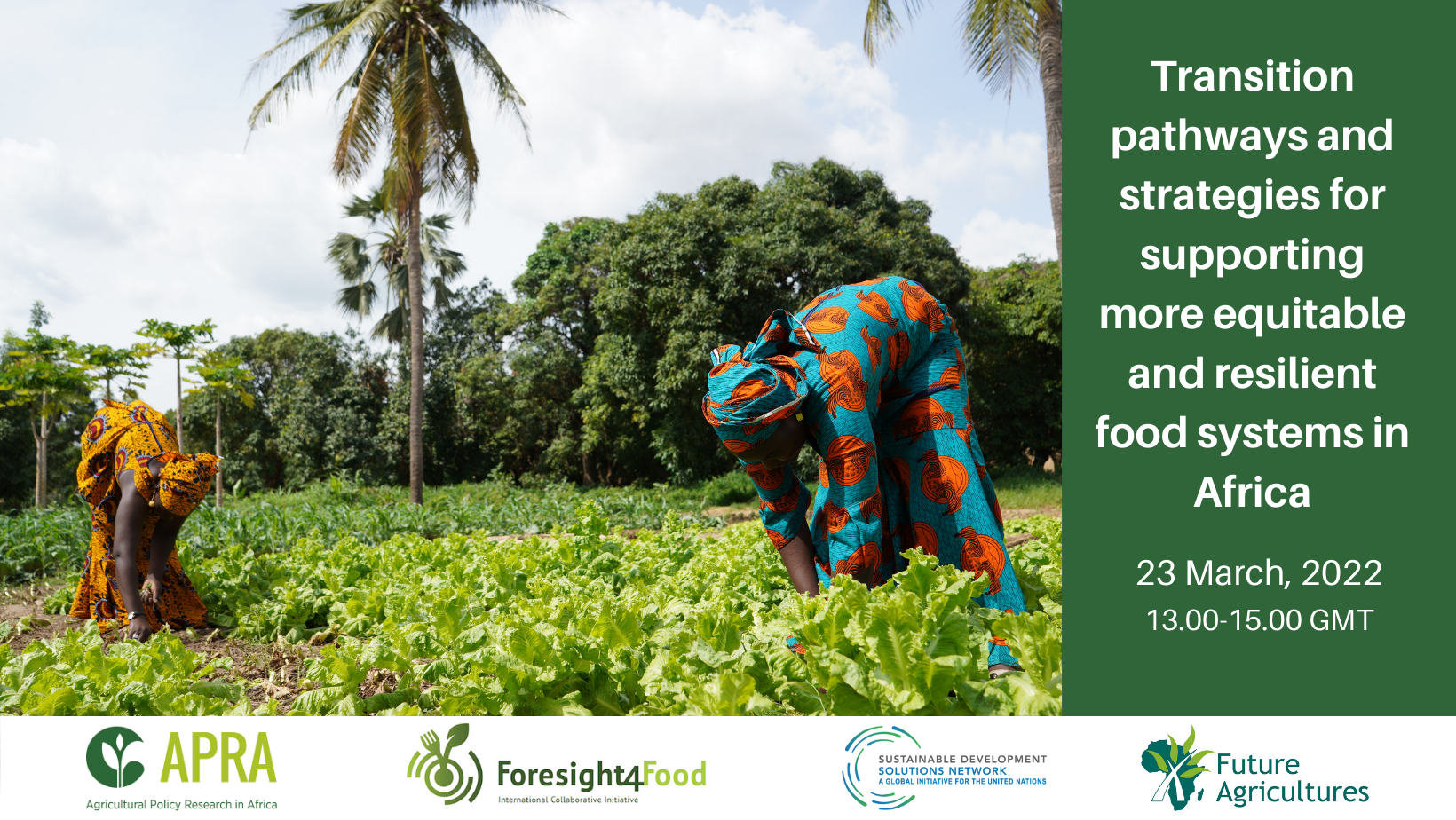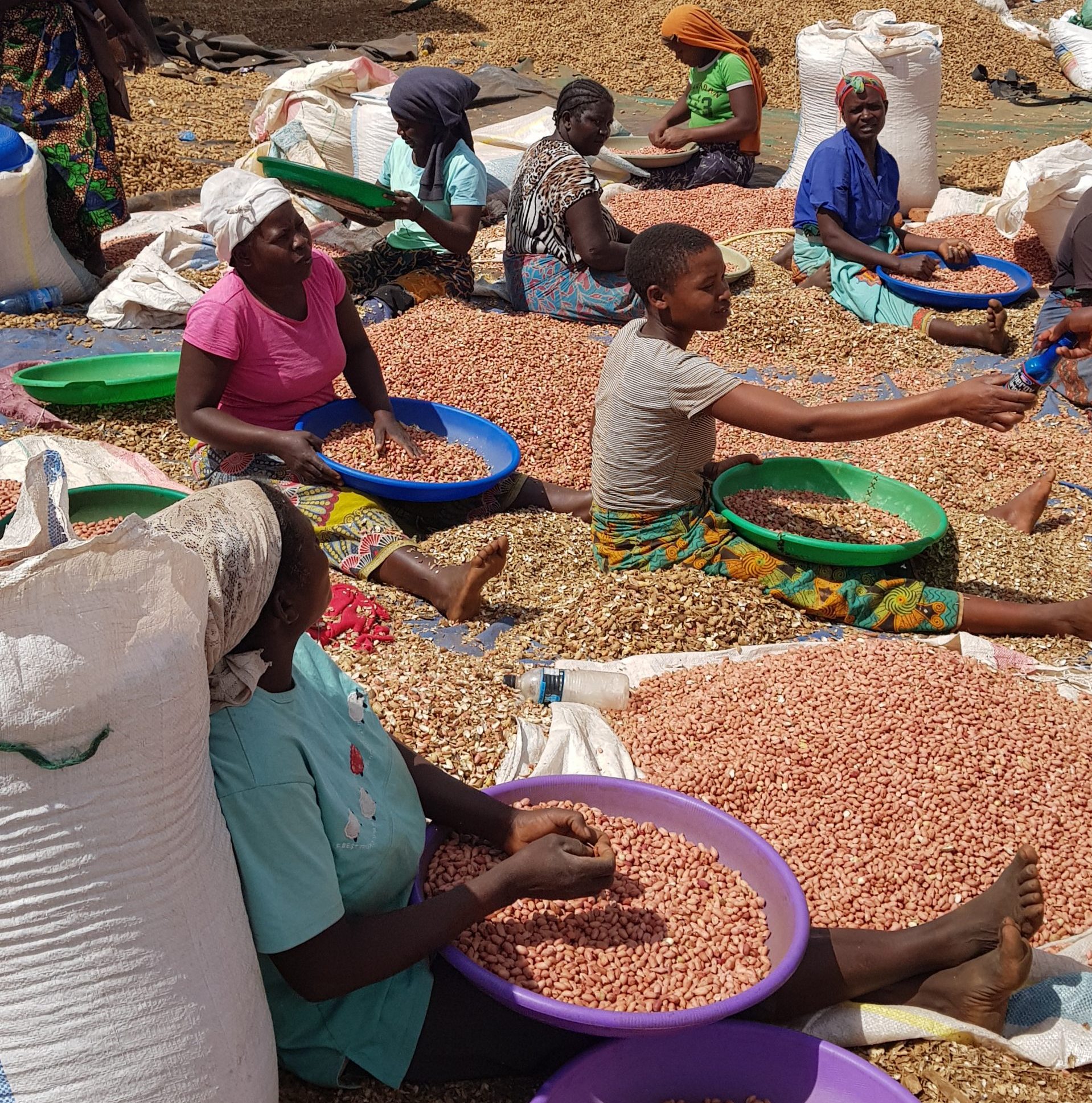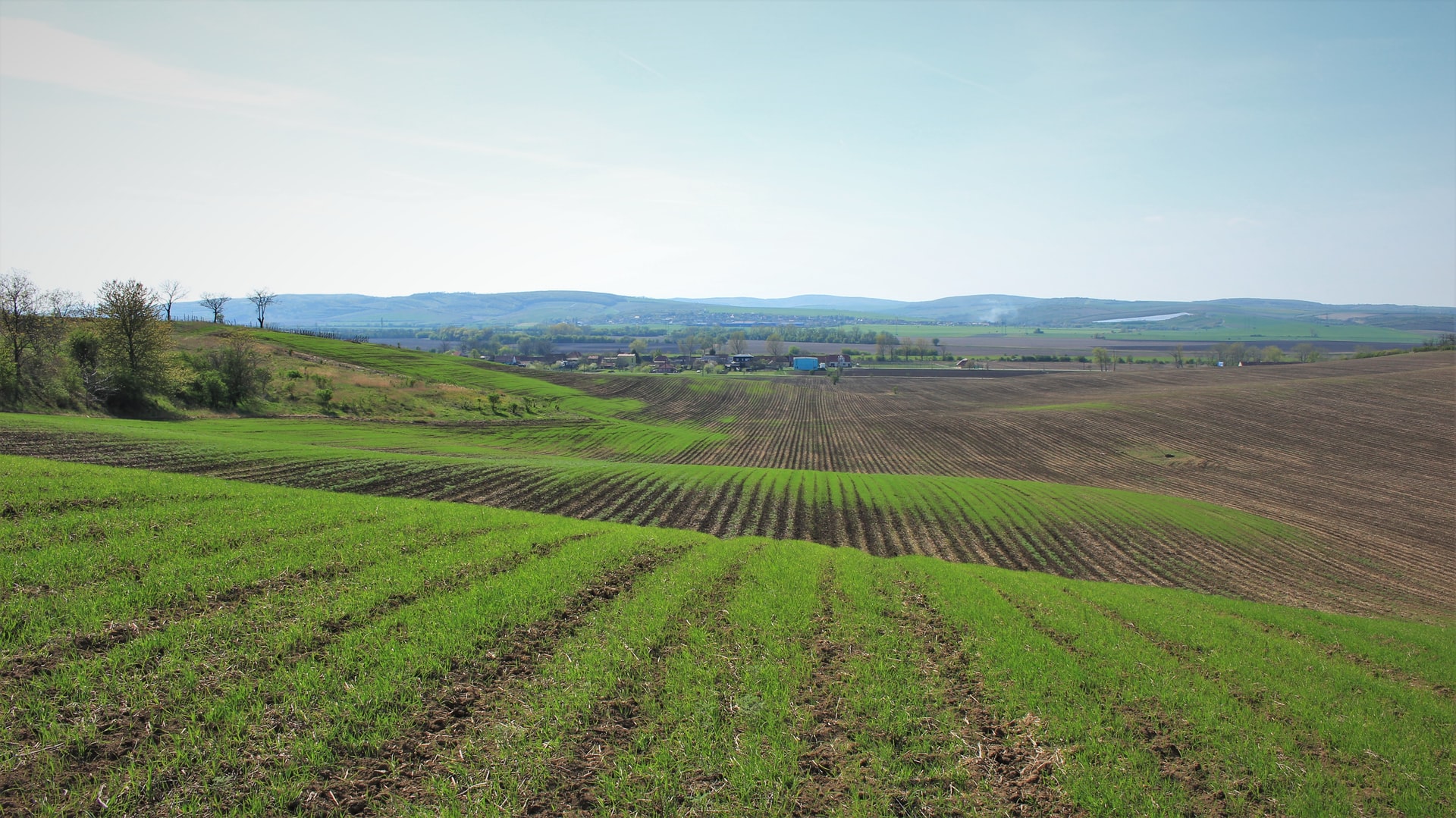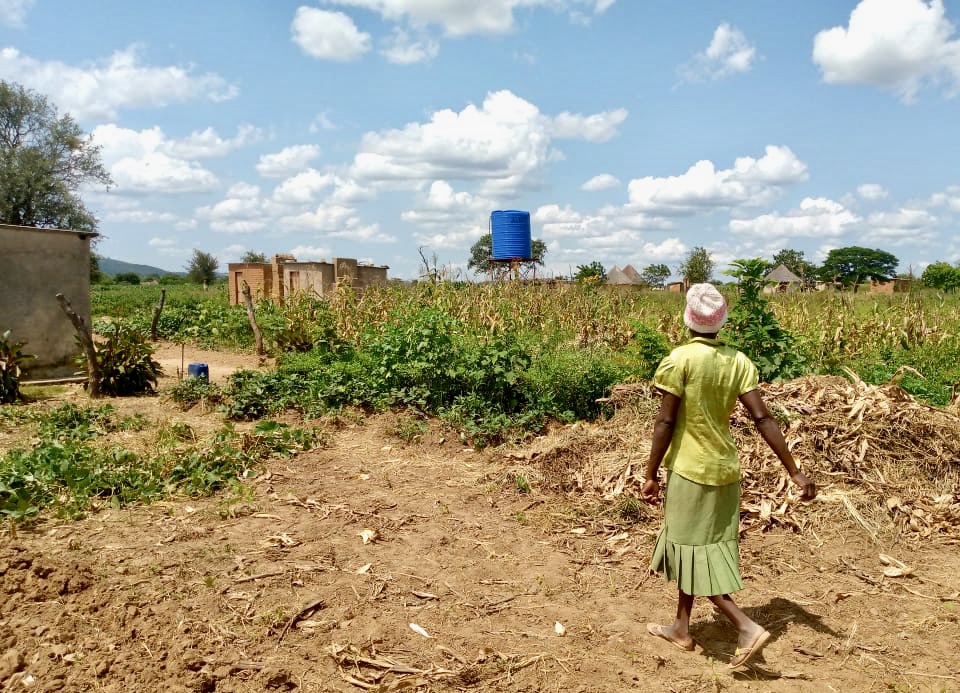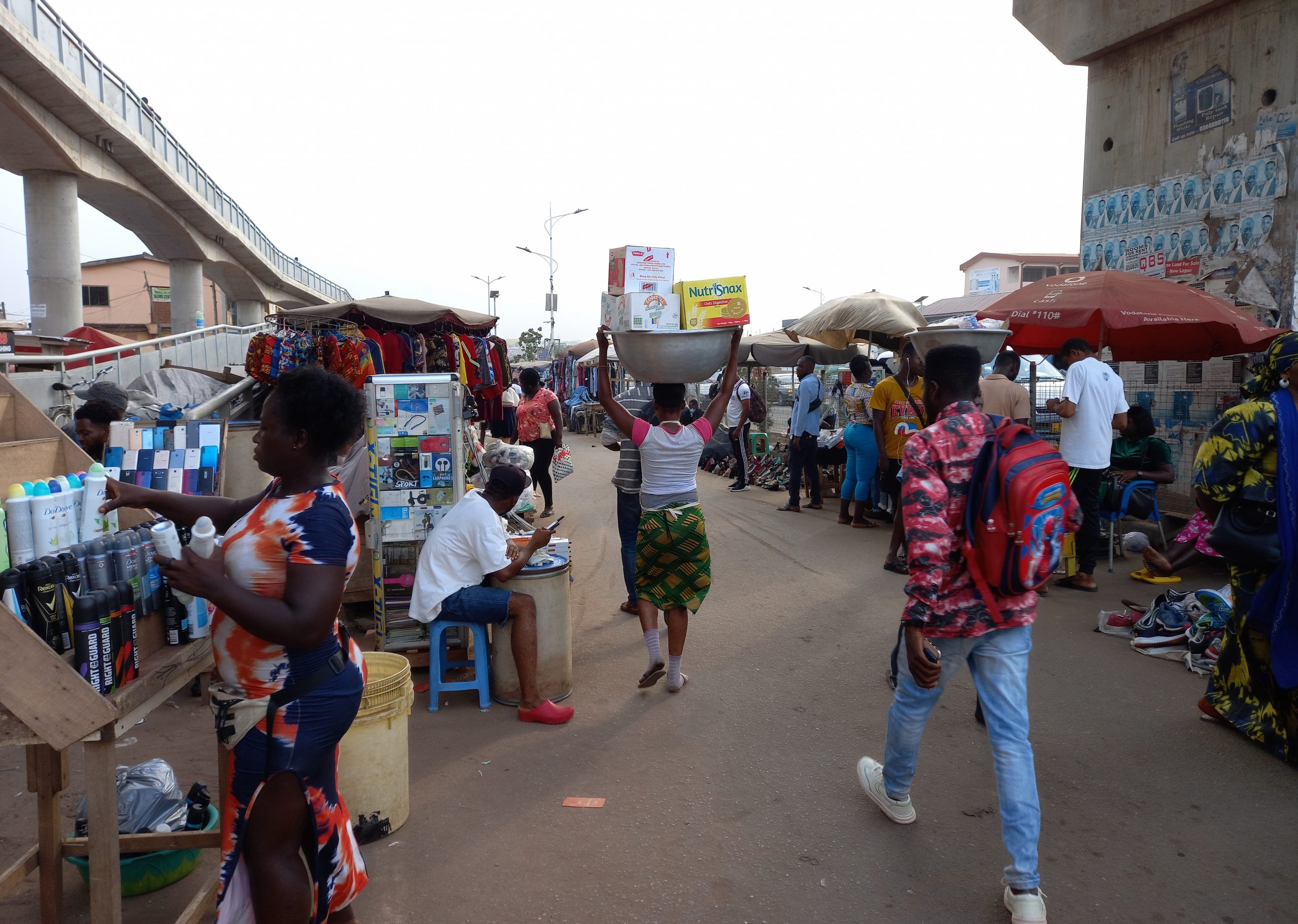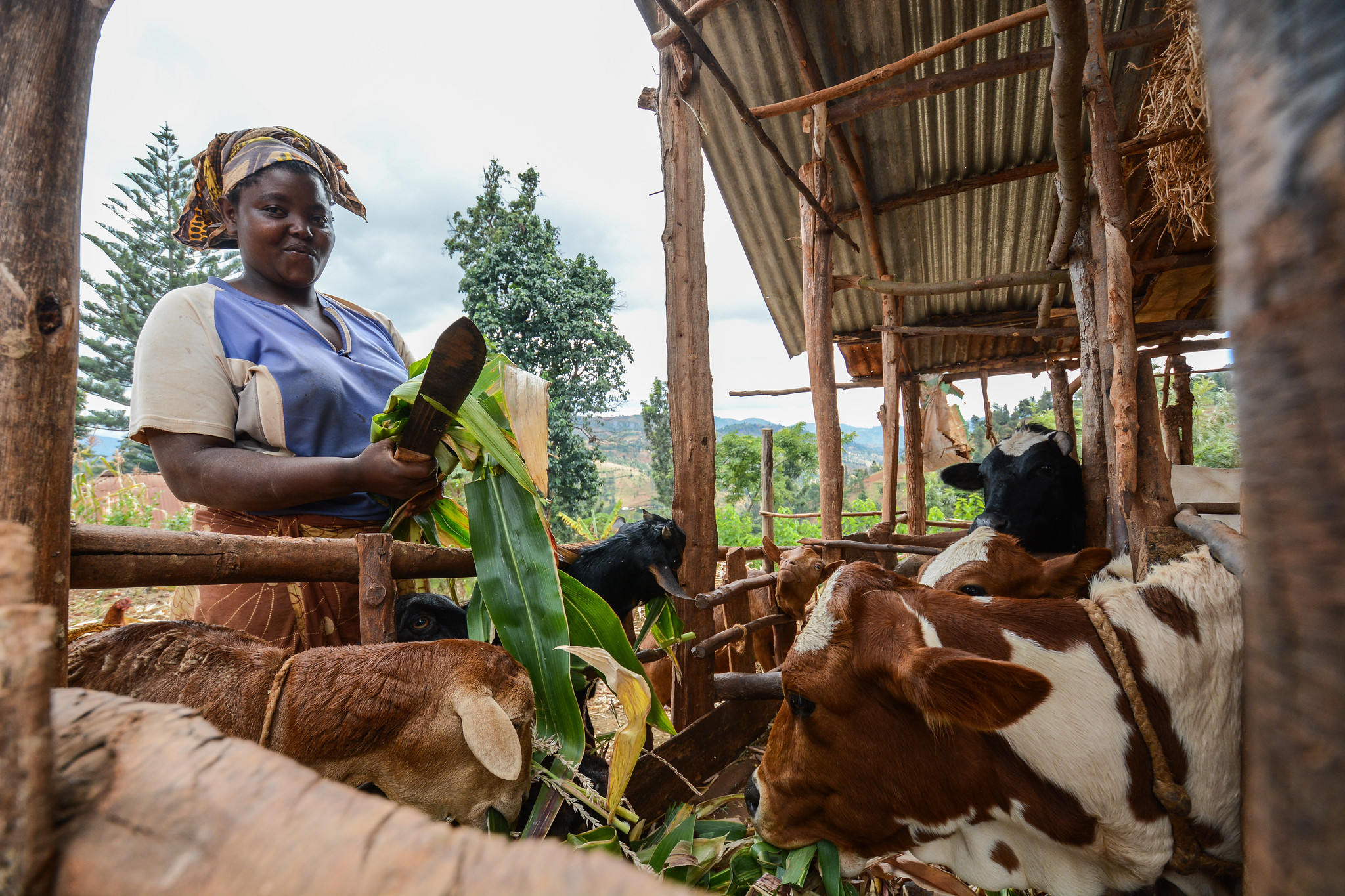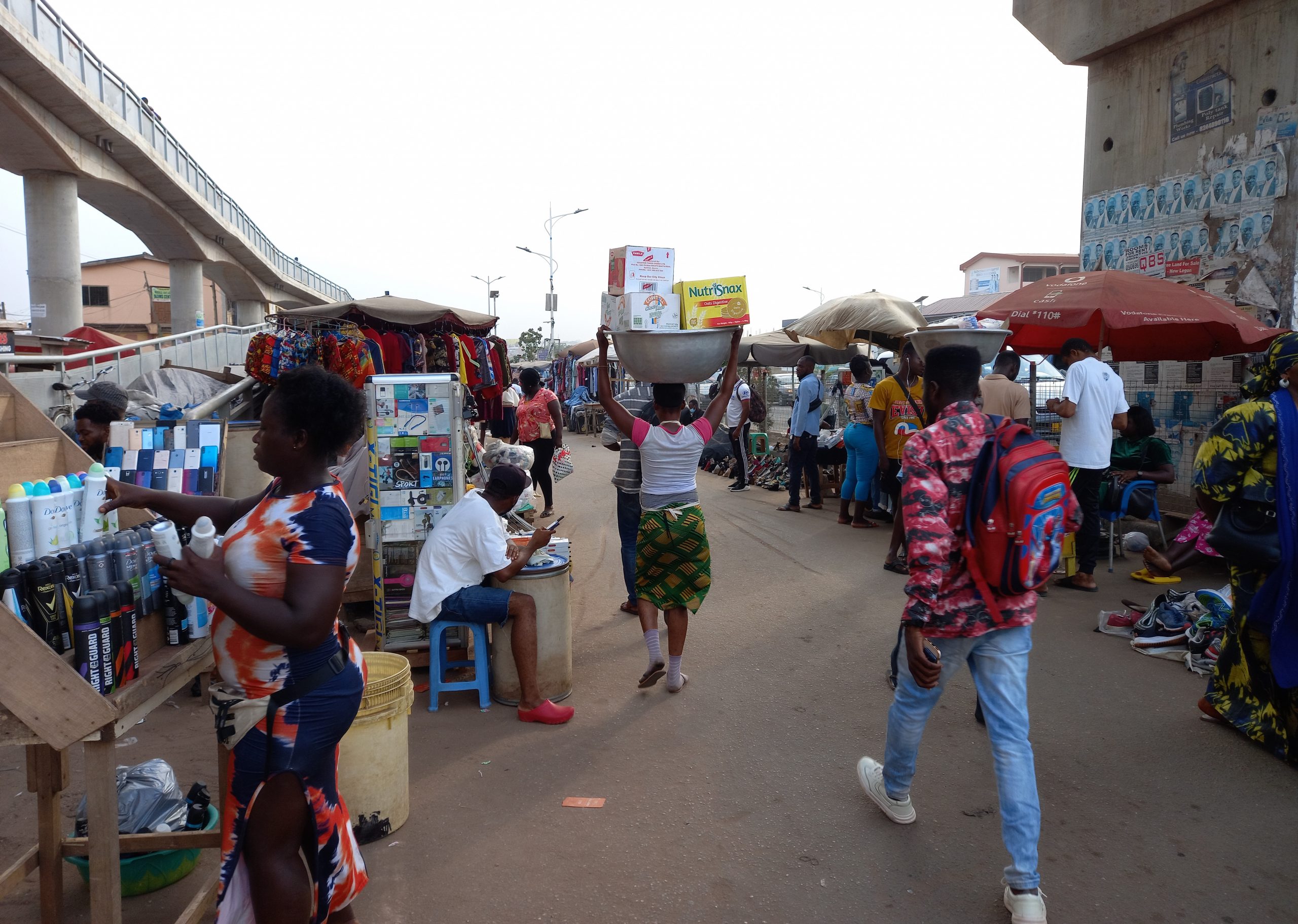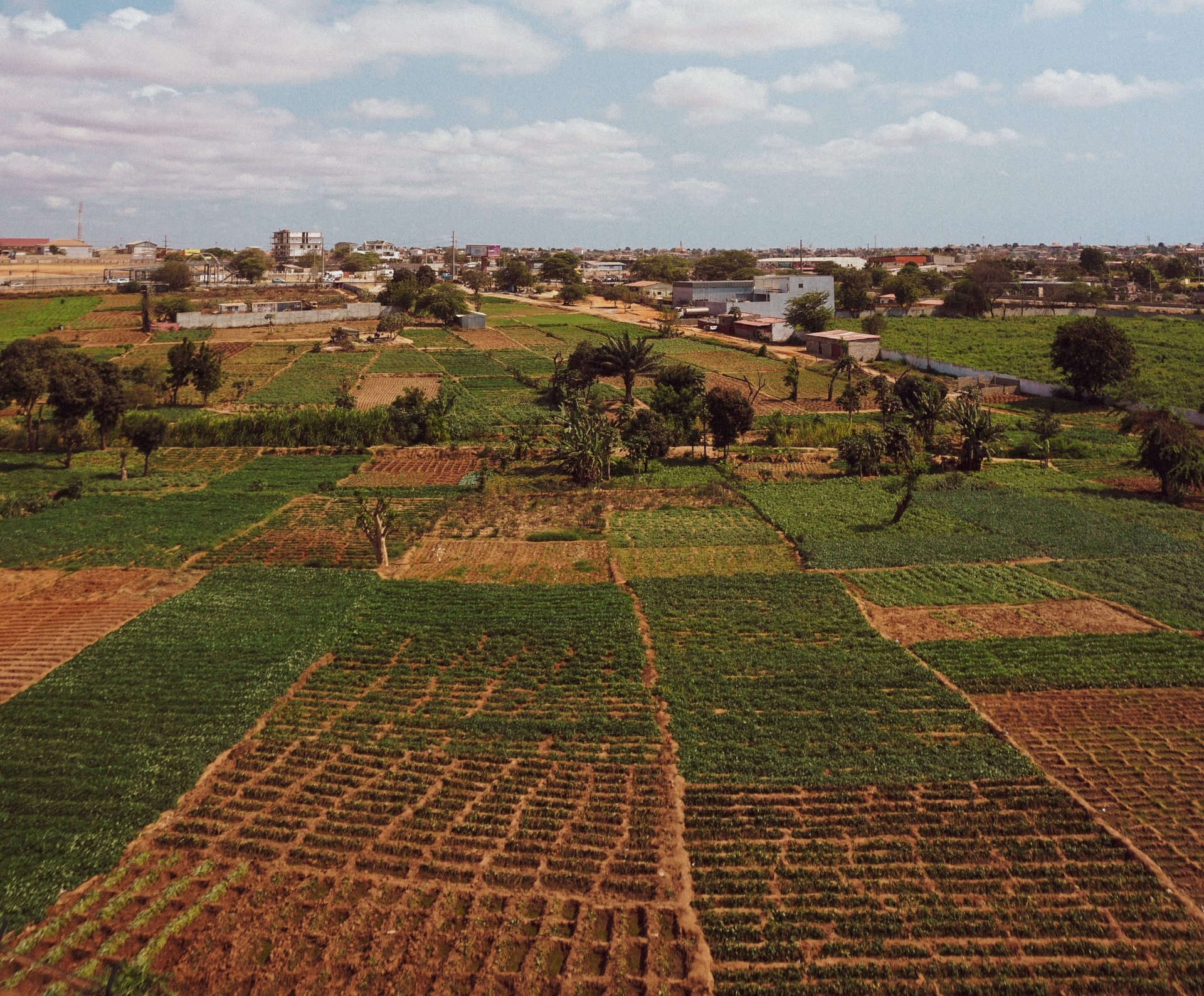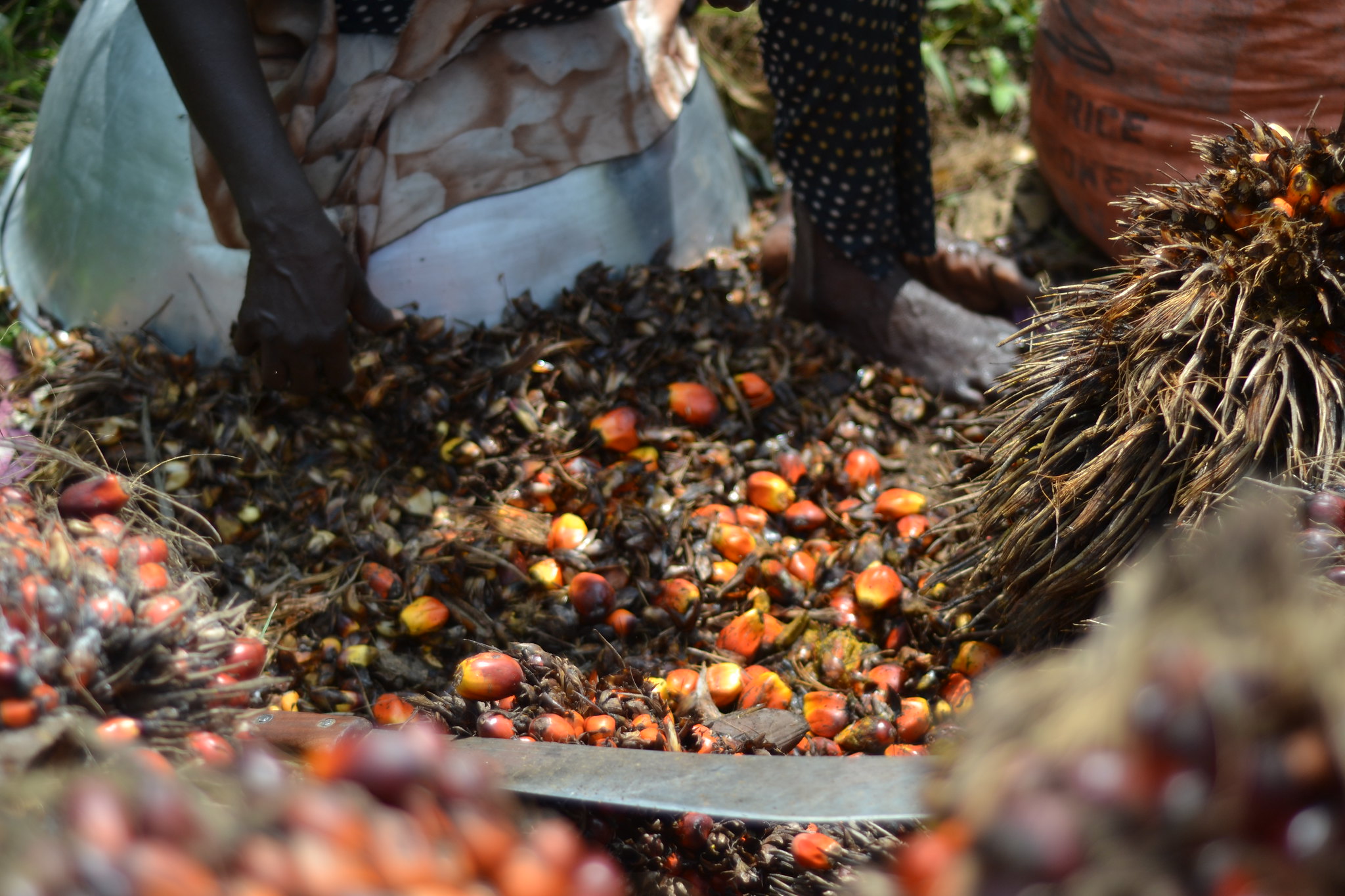
Written by: Dorothy Takyiakwaa, Kofi Takyi Asante, and Prince Selorm Tetteh
Money – or the lack of it – and disagreements over how it is spent is a universal challenge to personal and professional relationships. In Ghana, a study by Agricultural Policy Research in Africa (APRA) highlights the impact of poverty on farmer-based organisations (FBOs) in five oil palm-producing communities. The study reveals that mistrust among impoverished farmers leads to weak or non-existent associational life and undermines FBO effectiveness.
Ɔdɔ me, na mensu me dɔ mu
Nanso ohia aamma medɔfoyi ɛɛnngyi me ɛɛnndi
[I love her as much as she loves me
But because of poverty, my lover does not trust me]
The lines above are from a popular song titled, ‘Sɛsɛ ɔdɔ yewu da baabi’ [My lover and I live in different places] by Ghanaian music legend, Amakye Dede. Stories of heartbreak and lovers’ conflicts of the sort that Amakye Dede so touchingly chronicles in his music are an enduring aspect of the human condition. Poets tend to have a view of lovers’ predicament that is too romantic, sometimes bordering even on the sacred. However, Amakye Dede’s paints a clear-eyed picture that cuts through all the sentimentality to show that money, or the lack of it, is an important cause of mistrust and heartbreak in relationships. In the song, he insists that even though he longs to be with his lover, he cannot afford to do so. In another song, he declares that all his beautiful intentions require money to execute.
The predicament Amakye Dede describes does not only relate to romantic partners. In the more prosaic world of economic relations, money can also erect barriers to building trust among individuals and groups. Another celebrated Ghanaian musician, Pat Thomas, summed it up thusly: ‘sika yɛ mogya’ [‘money is blood’ (i.e. essential to everything that needs to be done)]. In our study that investigated the effectiveness of FBOs among oil-palm producers in southwestern Ghana, we also found that the high incidence of poverty among farmers was an obstacle to building trust, and that high levels of mistrust has undermined the effectiveness of the FBOs in these communities.
Focus of the study
In our qualitative study, which was implemented in five oil palm-producing communities in south-west Ghana, we sought to examine the broad socio-economic context within which oil palm cultivation takes place in the study area. Specifically, we sought to investigate the relationship between farmers’ livelihoods and their ability to meaningfully participate in FBOs and collective action. In each community, we purposively sampled five oil palm-producing households.
Very weak farmers’ associations
We found that associational life in the study areas was weak or non-existent. There was widespread suspicion among farmers that their peers could not be trusted. This fear that members were trying to ‘reap off others’, as one of our respondents put it, undermined the ability of FBOs to undertake collective action. Thus, because some destitute members genuinely lacked the means to pay associational dues or meet other financial obligations, those who could afford to pay refused to do so out of mistrust of being taken advantage of.
This situation makes it difficult for the associations to undertake any sort of collective action that involves short-term pain, but which promises bigger future rewards. For example, attempts to influence an upward adjustment of the market price for palm oil often fails to work because poorer farmers who cannot afford the wait due to financial pressure end up disregarding the collective decision to sell their produce. Similarly, attempts to pool resources to jointly transport their produce to aggregation centres are unsuccessful because some farmers prematurely sell their produce due to economic distress.
The material dimension of trust
Trust is often thought of as a purely moral phenomenon. However, we show in this newly published paper what is often thought of as a reflection of an individual’s personal honesty, integrity, or virtue is most often a consequence of their economic situation. In our study, farmers who were economically better-off were able to overcome their breakdown of trust by restricting their collective endeavours to smaller groups of equally-endowed farmers, thereby, avoiding the uncertainty involved in dealing with poorer farmers who may not be able to afford the short-term cost of cooperation.
Our paper throws light on a vicious cycle of poverty, mistrust, and associational decline wherein poorer farmers are unable to bear the costs of collective action and are, thus, excluded from livelihood-enhancing collective action schemes. Like the heartbroken lover in Amakye Dede’s song, impoverished farmers have been rendered untrustworthy because of financial constraints.
Our paper can be read here.
Photo credit: © Mike Norton/Flickr

